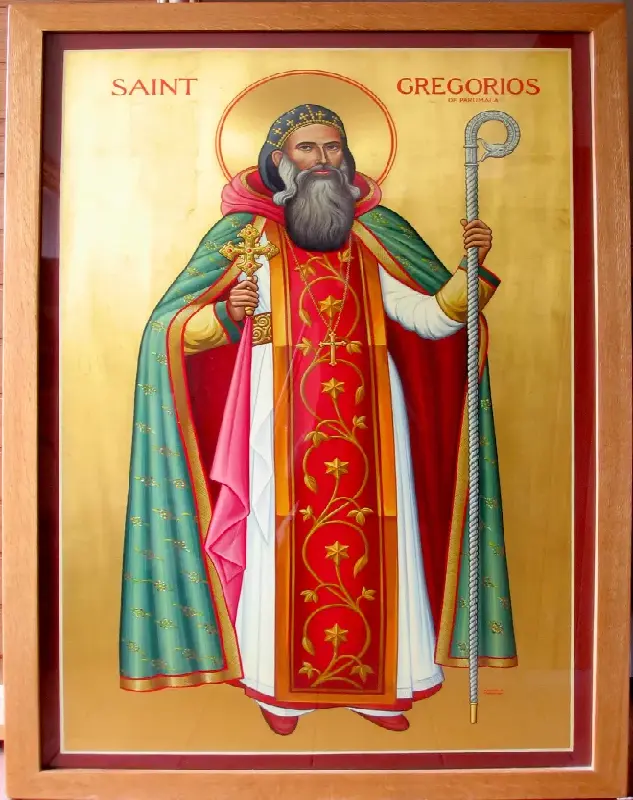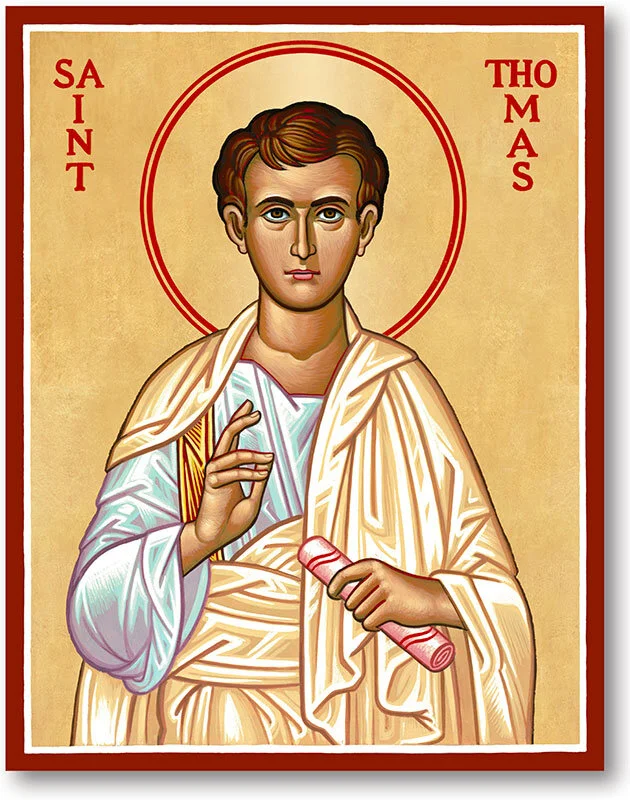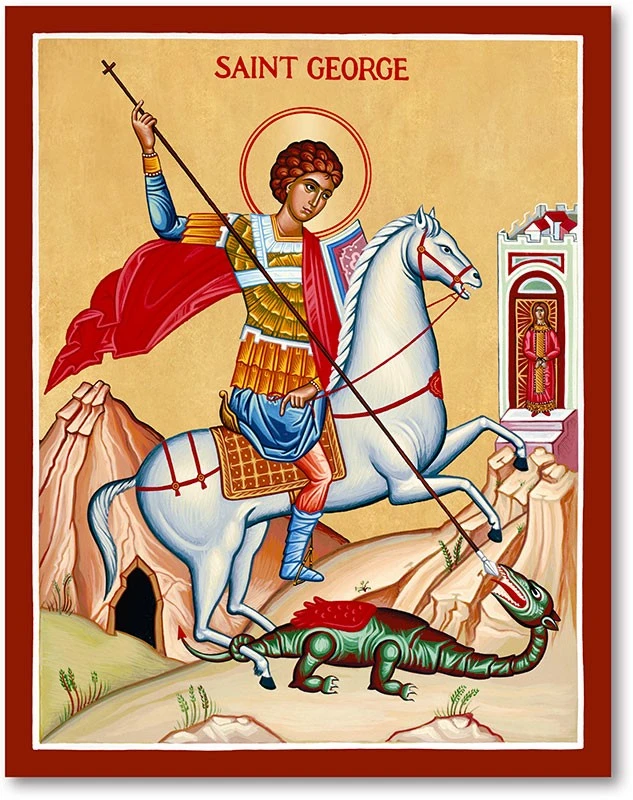About
Mar.Gregorios Orthodox Church




About
Welcome to Mar.Gregorios Church
Mar.Gregorios Church is situated at the heart of a small village called Thottapuzha, Eraviperoor, Pathanamthitta District, Kerala, India. One of Kerala's oldest and most well-known churches, it is also Malankara Sabha's prized possession. The church has maintained its tradition and culture without compromising its religious values for roughly fifty years.
The church has a parsonage and an auditorium, as well as nearby parking and amenities. Every Sunday, the qurbana services begin in the morning, and Sunday school follows. It is a mystery how the church has survived all of history's difficulties despite its magnificent fusion of beauty and science. The church is dedicated to St. Gregorios (Parumala Thirumeni). Even after so many environmental changes, MGOC Thottapuzha, which was constructed in 1971, still exudes an air of the past. Innovative architecture, murals, and paintings are used throughout the church's length and breadth.
Years Since 1971
54
Families
240
History
Indian Orthodox Church
The Indian Orthodox Church is a well-known member of the Oriental Orthodox Churches family and is also referred to as the Malankara Orthodox Syrian Church and the Orthodox Syrian Church of the East. The Church can be traced back to St. Thomas the Apostle, who travelled to India in 52 AD. The southern Indian state of Kerala is where St. Thomas preached the gospel, founded seven parishes, and consecrated priests.
Christian authors and church leaders dating back to the fourth century mention St. Thomas' evangelistic work in India during the first century.
The official name of the Indian Orthodox Church, Malankara Orthodox Syrian Church, can be explained as follows: "Malankara" is another name for Kerala; "Orthodox" refers to the category of Christianity it practises (distinguishing it from Roman Catholicism and Protestantism); and "Syrian" comes from the Syriac language, which served as the church's liturgical language for centuries.
Without branching out to other regions of India, the church that St. Thomas founded survived for 19 centuries as a strong community in Kerala. As more people left India for other regions in the early 20th century, parishes began to sprout up everywhere. The Church is now referred to as Indian Orthodox Church as a result. The Church now has parishes and dioceses in the majority of India as well as other countries where Keralites have migrated.
Faith and Liturgy
The Church maintains the traditional Orthodox faith and liturgy despite being modern in its outlook and vision. The first three Ecumenical Synods are recognised. The Church had previously adopted the Persian Church's liturgy, but the Portuguese forced the Persian Church to abandon it at the end of the 16th century. The Syrian liturgy that was adopted from the Antiochian Orthodox Church in the 17th century is translated into the liturgy that is currently used.
The Church currently uses English outside of India, local languages in other parts of India, and Malayalam in Kerala as its liturgical language.
The Indian Orthodox community is similar to any other member of any other community in India in terms of their customs, manners, and way of life. They have inherited many aspects of Indian civilization.
Catholicate
The term "Catholicos," which means "the general head," is equivalent to "universal bishop." The episcopos (bishop), priest, and deacon were the three priestly classes in the early church. Metropolitans were the title given to bishops of significant Roman cities by the end of the third century. The ecumenical councils of the fourth century acknowledged the metropolitan's authority.
The churches in neighbouring cities came under the control of the bishops of Rome, Constantinople, Alexandria, and Antioch by the fifth century. They eventually rose to the position of patriarchs, ruling over the local churches (common father). Catholicos was the term used for patriarchs outside of the Roman Empire. There were four catholicates before the fifth century: the Catholicate of the East, the Catholicate of Armenia, the Catholicate of Georgia and the Catholicate of Albania.
In Orthodox tradition, any apostolic and autonomous national church (often referred to as a local church) may call its head a catholicos, pope or patriarch. From the fourth to the sixteenth centuries, archdeacons ruled; in 1653, the community elevated the archdeacon to the rank of bishop as Mar Thoma I.
In 1912, the Catholicate of the East was transferred to India, and Baselios Paulose I assumed the role of Catholicos of the East while sitting on the apostolic throne of St. Thomas. The Catholicate Palace in Devalokam, Kottayam, Kerala, which was dedicated on December 31, 1951, serves as the headquarters of the Malankara Orthodox Syrian Church and the Catholicos of the East.
The visiting Armenian Catholicos Vazgen I dedicated the new palace, which was constructed in 1961. H.G. Dr. Mathews Mor Severios was named by the Holy Synod and Managing Committee as the new Malankara Metropolitan and Catholicos of the Malankara Church, succeeding Baselios Marthoma Paulose II. He was enthroned as the 9th Catholicos of Malankara Church on October 15, 2021, after being consecrated as the 22nd Malankara Metropolitan during the Malankara Association on October 14, 2021, at St. Peter and St. Paul's Church in Parumala.
Geevarghese II, Augen I, Mathews I, and Paulose II are buried there, along with relics of St. Thomas that are kept in the catholicate chapel.
Saints

St. Gregorios
St. Geevarghese Mor Gregorios, also referred to as Parumala Thirumeni, served as a Metropolitan of the Malankara Church from 15 June 1848 to 2 November 1902. Mar Gregorios became the first saint from India to be recognized by the Christian church when the Malankara Orthodox Syrian Church declared him a saint in 1947. He was the first person of Indian descent to be recognised as a saint by the Syriac Orthodox Church in November 1987.
Read more
St. Thomas
St. Thomas, one of Jesus Christ's twelve apostles and a follower, arrived in India in AD 52. In AD 52, a disciple of Jesus Christ named St. Thomas travelled to India where he preached the gospel and founded seven churches. He planted 7 churches and preached the gospel. The Disciple of Christ, Mar Thomasleeha, is thought to have preached the gospel in Kerala in the first century A.D., which is when the Syrian Christian churches in Kerala first appeared.
Read more
St. Geevarghese
St. George, a Christian martyr and saint, lived in the third century. He was a person who lived from 275 to 281 AD and died on April 22, 303 AD. According to hereditary, he was a Roman soldier fighting for the Diocletian Emperor. At the time, he was also a priest. The saint's fame was enhanced by the legend surrounding his conflict with the enormous snake. He is revered as one of the 14 Auxiliary Saints and is the patron saint of Georgia and England (Holy Helpers).
Read more